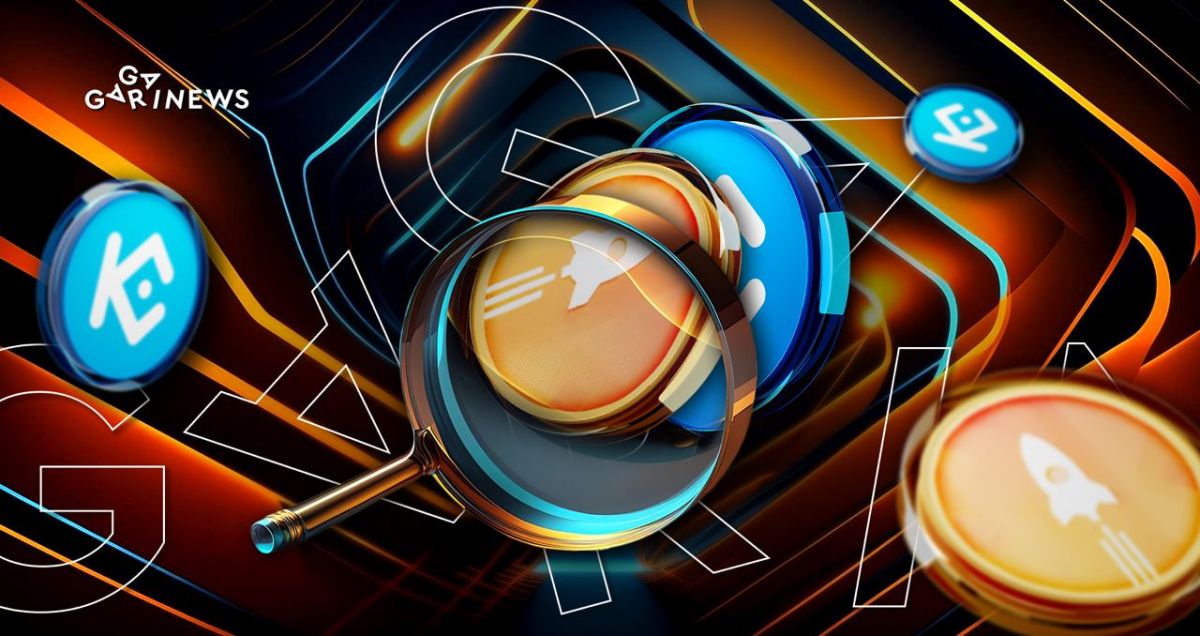Understanding Utility Tokens: Their Use Cases and Examples

Utility tokens are unique assets designed for a specific purpose within a distinct blockchain project. Owners of these tokens have privileged access to enhanced services.
Utility tokens are frequently issued by various entities including cryptocurrency exchanges, staking protocols, metaverses, lending platforms, and sidechains.
Typically, utility tokens are pre-minted on the blockchain in a fixed quantity and then distributed among the team, ecosystem, investors, and users in accordance with the chosen tokenomics model. A portion of these tokens is often locked for gradual release.
Many of the most well-known utility tokens were introduced through Initial Coin Offerings (ICOs). During these events, prospective users can buy tokens at the lowest price, while blockchain projects attract the necessary funding for their startups. Early investors might be motivated by certain privileges, as well as the potential increase in the token's price after the ICO.
Even though you can exchange a utility token on a trading platform or use it to pay for services on its parent platform, it's essential to realize that it does not function as a payment method. Consequently, if the project falls through, the utility token will become worthless. Also, despite not being designed for trading, some people may purchase utility tokens for price speculation.
Applications of Utility Tokens
Utility tokens grant their holders access to certain exclusive features of a project that aren't available to ordinary users.
Moreover, utility token holders can benefit from discounts on the products and services offered by the blockchain platform. They can also earn rewards for contributing to the platform's functionality via staking.
Utility tokens also serve as a medium to pay for transactions and to initiate smart contracts.
These various perks incentivize new users to purchase utility tokens on exchanges, thereby potentially driving up their value, especially when there's a limited supply.
Examples of Utility Tokens
Unus Sed Leo (LEO). This utility token was designed for the iFinex ecosystem. It is used to mitigate the budget deficit of the Bitfinex crypto exchange and reduce its clients' costs. For instance, Unus Sed Leo holders receive a 15% discount on cryptocurrency trades.
RPL. This utility token belongs to the Rocket Pool protocol, which eases the decentralized liquid staking of ETH. RPL is used to motivate users, ensure insurance coverage, and it concurrently functions as a governance token.
Any company or individual can join the Rocket Pool node network with a minimum of 16 ETH. To ensure security, each node operator must provide a corresponding amount of RPL tokens as collateral in exchange for future staking rewards.
KCS (KuCoin Token). The utility token of the KuCoin cryptocurrency exchange. The trading platform redistributes a portion of its revenue among KCS holders in the form of bonuses, incentives, discounts, and other loyalty programs.
For example, users receive access to reduced trading fees on the platform, which enhances the liquidity of the exchange. KuCoin also pays rewards to its clients if they hold KCS tokens in their accounts. The more tokens held and the higher the trading volume, the greater the privileges.
NEXO. A utility token for the European instant lending platform, Nexo. It allows for borrowing fiat currencies and stablecoins against cryptocurrency collateral. Users hold NEXO tokens in their portfolios to participate in the loyalty program.
In essence, the main purpose of a utility token is to maintain the effective operation of a blockchain project, providing users with access to its advanced functions and privileges. Utility tokens have a multitude of uses that depend on their native blockchain ecosystem. They also reflect the value of the project they belong to.
Recommended

